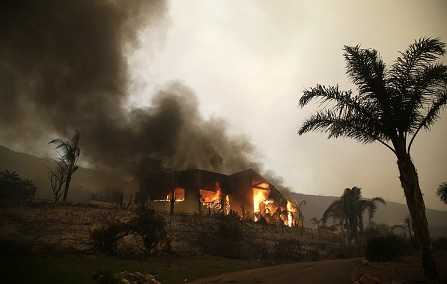
May 21 (Reuters) - Alberta authorities hope cooler temperatures and showers forecast for the coming week will help firefighters battling blazes in the oil-rich Canadian province, although storms could complicate efforts.
Amid hot, dry conditions, forecasters were tracking a front likely to move into the province on Sunday that should bring much-needed relief, including humidity and even rain, Christie Tucker, information unit manager at Alberta Wildfire, said at a Saturday briefing.
"What we'd like to see is a long-steady rain that will soak into the forest and into the ground," Tucker said. "That will help us more than a short burst that would bring lightning and could spark a new wildfire."
Alberta is enduring energy production cuts, home evacuations and poor air quality after an intense start to the wildfire season. This year, Alberta Wildfire responded to 496 wildfires burning more than 842,000 hectares, compared with just 459 hectares in 2022.
"This year's total is nearly 2,000 times last year," Tucker said.
Authorities have closed some parks and campgrounds in Alberta over the Victoria Day weekend. The holiday weekend, when residents traditionally go camping or enjoy other outdoor activities, usually sees an uptick in seasonal wildfires, some of which are accidentally caused by people.
Canada's wildfires have sent smoke to U.S. states including Minnesota, Nebraska, Illinois, Wisconsin, Wyoming, Utah, Washington and Colorado, triggering air quality alerts in some places.
Over 2,800 firefighters from Canada and the United States were battling about 91 active wildfires on Saturday.
The wildfires have tested Alberta Premier Danielle Smith's disaster management skills ahead of a provincial election on May 29.
Several oil and gas companies have had to sporadically stop or restart production in Alberta due to fluctuating fire-related risks.
Over the past couple of weeks, gas flowing from Canada to the U.S. has averaged just 7.1 billion cubic feet per day (bcfd), well below the 8.4-bcfd average exported since the start of 2023 and 9.0-bcfd in 2022, according to Refinitiv.




